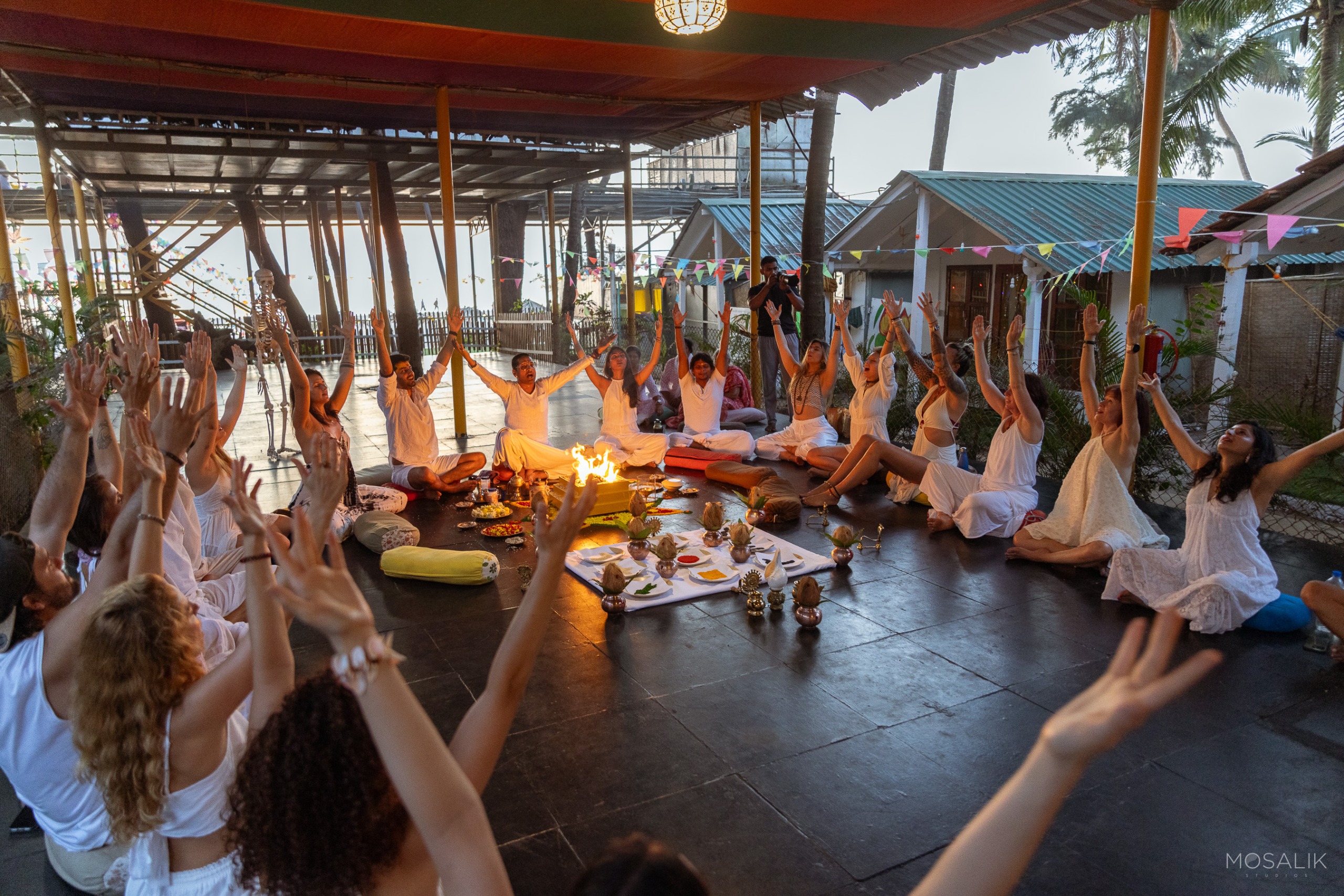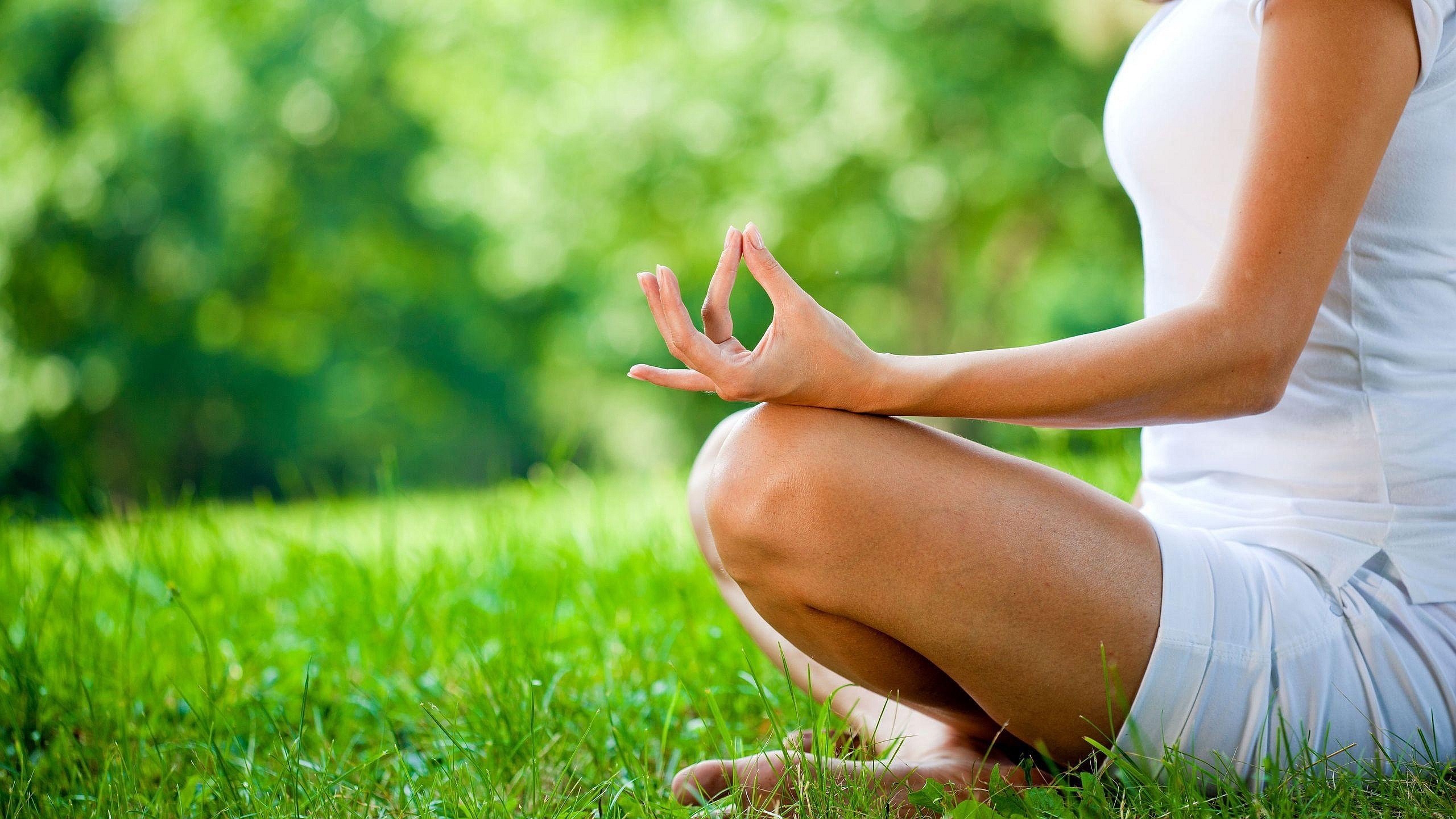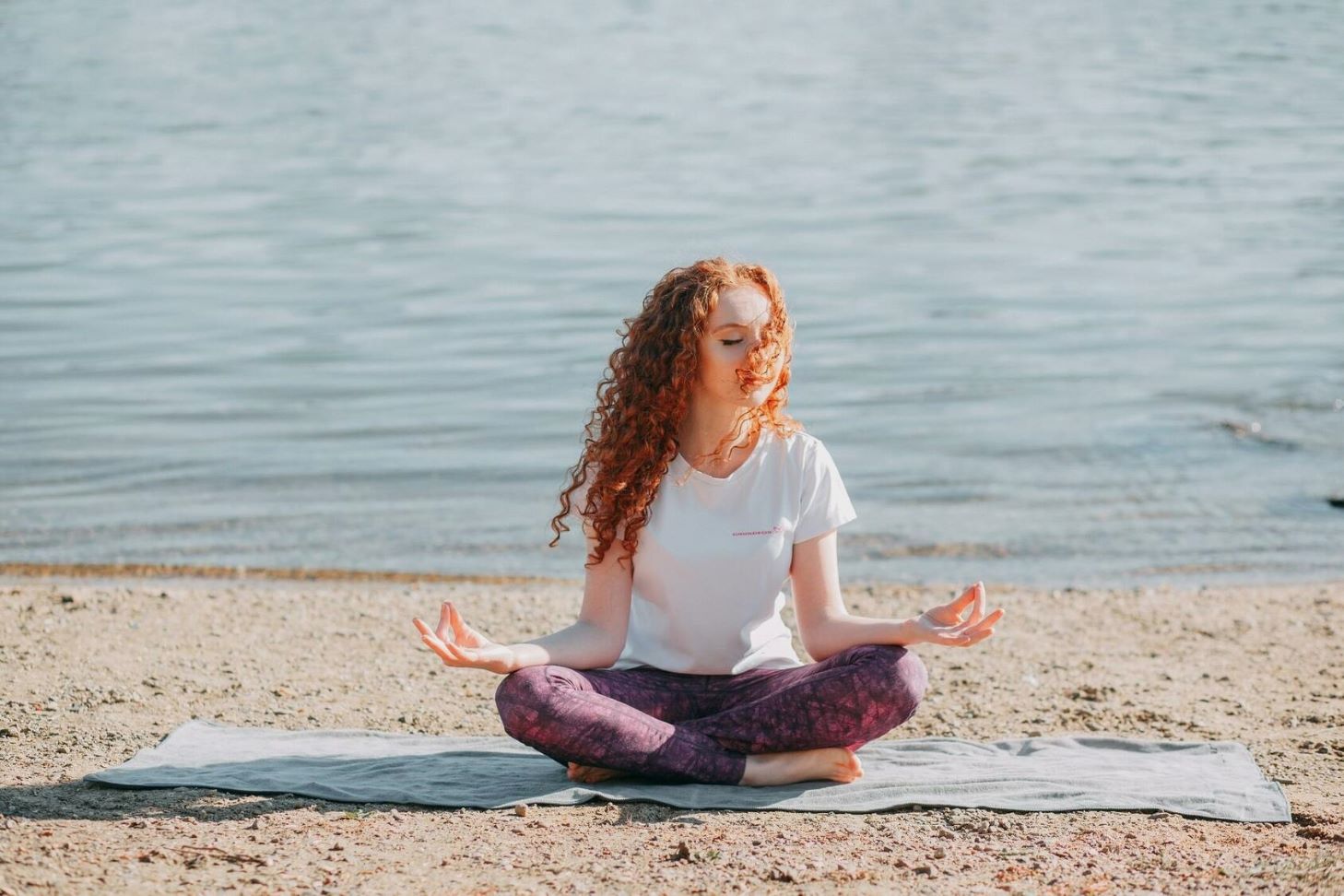Meditation is a practice that calms the mind and body, fostering inner peace and clarity. It’s a journey of self-discovery, leading to a deeper understanding of oneself and the world around us. In the hustle and bustle of the 21st century, mindfulness has become a necessity rather than a luxury. With the advent of technology, the practice of mindfulness has evolved, paving the way for ‘Tech-Mindfulness’.
The Intersection of Technology and Mindfulness
Tech-Mindfulness is the integration of technology into mindfulness practices. It leverages digital tools to enhance our ability to stay present and focused. This fusion has led to the development of various mindfulness apps, virtual reality meditation experiences, and AI-powered mindfulness coaches.
The Rise of Mindfulness Apps
Mindfulness apps like Headspace, Calm, and Insight Timer have gained popularity in recent years. These apps offer guided meditations, sleep stories, breathing exercises, and even mindfulness courses. They allow users to customize their mindfulness journey according to their needs and preferences.
Virtual Reality: The New Meditation Space
Virtual Reality (VR) has revolutionized the way we meditate. VR meditation experiences transport users to serene environments like tranquil forests, peaceful beaches, or atop mountains. This immersive experience enhances the quality of meditation, making it easier for individuals to focus and relax.
AI-Powered Mindfulness Coaches
AI-powered mindfulness coaches are the latest addition to the tech-mindfulness landscape. These digital coaches use artificial intelligence to provide personalized mindfulness training. They adapt to the user’s progress and provide insights into their mindfulness journey.
The Future of Tech-Mindfulness
The future of tech-mindfulness looks promising. With advancements in AI and VR, we can expect more personalized and immersive mindfulness experiences. Furthermore, the integration of biometric data can provide real-time feedback on our mindfulness practices, helping us improve over time.
Conclusion
Tech-Mindfulness is transforming the way we practice mindfulness. It makes mindfulness more accessible and engaging, helping us navigate the challenges of the modern world with ease and grace. As we continue to explore this intersection of technology and mindfulness, one thing is clear – Tech-Mindfulness is the future of meditation.
Mediation teacher training equips individuals with the skills to guide others in resolving conflicts. It’s a transformative process that fosters empathy, active listening, and effective communication.
Is meditation a mindfulness technique?
Yes, meditation is indeed a mindfulness technique. Mindfulness is the practice of focusing one’s attention on the present moment, while calmly acknowledging and accepting one’s feelings, thoughts, and bodily sensations. It’s a state of active, open attention to the present. When you’re mindful, you observe your thoughts and feelings from a distance, without judging them as good or bad. Instead of letting your life pass you by, mindfulness means living in the moment and awakening to your current experience, rather than dwelling on the past or anticipating the future.
Meditation, on the other hand, is a practice where an individual uses a technique – such as mindfulness, or focusing the mind on a particular object, thought, or activity – to train attention and awareness, and achieve a mentally clear and emotionally calm and stable state.
Mindfulness meditation is a mental training practice that involves focusing your mind on your experiences (like your own emotions, thoughts, and sensations) in the present moment. Mindfulness meditation can involve breathing practice, mental imagery, awareness of body and mind, and muscle and body relaxation.
So, meditation is a technique or practice, and mindfulness is a mental state or focus. Mindfulness meditation is a type of meditation that involves bringing one’s attention to experiences occurring in the present moment. It’s a method of being fully present, aware of where we are and what we’re doing, and not overly reactive or overwhelmed by what’s going on around us.
Despite the differences, both mindfulness and meditation work hand-in-hand in maintaining mental and emotional health and improving our overall quality of life. They both support each other in enriching our lives with clarity, peace, and mindfulness.
In conclusion, meditation is a mindfulness technique that helps us to be more present and aware of our thoughts, feelings, and surroundings. It’s a powerful tool that can help us to reduce stress, improve focus, and cultivate a more mindful and peaceful lifestyle. Whether you’re new to mindfulness and meditation or an experienced practitioner, there’s always room to grow and new things to learn. So why not take a moment to be mindful today?
What are the steps of meditation?
Meditation is a simple yet profound practice that can be done in various ways. Here are some general steps to help you get started:
Find a Quiet Space: Choose a calm and distraction-free environment where you can meditate without interruptions.
Choose a Comfortable Position: You can sit on a cushion, chair, or even lie down. The key is to find a position where you can stay relaxed yet alert.
Set a Time Limit: Especially for beginners, starting with short sessions of 5 to 10 minutes can be helpful.
Close Your Eyes and Relax Your Body: Close your eyes gently and take a few moments to settle into your body, releasing any tension.
Focus on Your Breath: Pay attention to your breath as it goes in and out. Try to breathe naturally and let your focus rest on the sensation of breathing.
Acknowledge Your Thoughts: When thoughts arise, simply acknowledge them without judgment and return your focus to your breath.
End Your Session Gradually: When your time is up, don’t rush out of your meditation. Take a moment to feel the sensations in your body and the calmness of your mind before gently opening your eyes.
Remember, there’s no ‘right’ or ‘wrong’ way to meditate. It’s a personal journey that evolves with regular practice. Happy meditating!
Mediation classes provide a structured environment to learn and practice conflict resolution strategies. They empower students with the ability to facilitate constructive dialogue and find mutually beneficial solutions.



